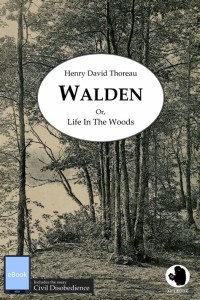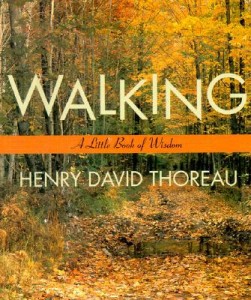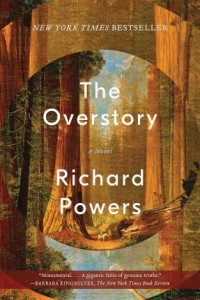I have read Walden a few times since I first encountered it in high school. Back then I was charmed as so many are by the idea of going to the woods to live, and thrilled by his bits of philosophy. Despite a heavy load of schoolwork, I still spent as much time as I could outside, among the trees, so it’s no surprise that I adopted as my lifelong personal motto “To be awake is to be alive.”
Later readings brought more informed insight. I learned how close his retreat was to town, for example, and paid more attention to his many visitors. I found that he had pulled together parts of his other essays which explained the resulting crazy quilt structure. The first chapter, though, remains a bit of a slog.
On this reading what struck me most was the chapter titled “The Ponds.” It’s mostly about Walden, of course, but he also briefly describes other nearby ponds: Goose Pond, Flint’s Pond (also known as Sandy Pond), White Pond, and Fair Haven.
When I first read the book as a teenager I lived by and loved the Chesapeake Bay, so I was not terribly impressed by his pond. However, all these decades later, it turns out that I have spent a good part of my life in a small cabin by a pond in Massachusetts. Now I can appreciate his beautifully observed descriptions of the water and woods.
“Walden is blue at one time and green at another, even from the same point of view. Lying between the earth and the heavens, it partakes of the color of both.” Being surrounded, like my pond, by pine and oak woods and blueberry bushes makes it seem like “an amphitheater for some kind of sylvan spectacle.” I recognise his descriptions of the “blue flag (Iris versicolor)” growing along the shore and the hummingbirds in June. He speaks of the transparency of the water and of the stones along the shore, recounting stories of how they came to be formed.
As a naturalist, he traces the pond’s rise and fall, its fluctuating temperature, and its various colors. He also worked as a surveyor and his map of Walden could still be used today. He names the kinds of fish and waterfowl, and detects traces of ancient paths “worn by the feet of aboriginal hunters, and still from time to time unwittingly trodden by the present occupants of the land.” He says of being out on his boat “In such transparent and seemingly bottomless water, reflecting the clouds, I seemed to be floating through the air as in a balloon.”
There is something about a pond, a humble one like mine and his, that invites contemplation. Often I set my books and papers aside just to watch the way the light glints on the water or to listen to the rustle of leaves and pine boughs and the sparkling bird calls. Many evenings I have left the lamp off, preferring instead to watch the way the light fades behind the far woods, the water and sky holding the last of the light, the dark band of trees between.
A field of water betrays the spirit that is in the air. It is continually receiving new life and motion from above. It is intermediate in its nature between land and sky. On land only the grass and trees wave, but the water itself is rippled by the wind. I see where the breeze dashes across it by the streaks or flakes of light.
He speaks of fishing during the midnight hours “from a boat by moonlight, serenaded by owls and foxes, and hearing, from time to time, the creaking note of some unknown bird close at hand.” And of “communicating by a long flaxen line with mysterious nocturnal fishes which had their dwelling forty feet below.”
It was very queer, especially in dark nights, when your thoughts had wandered to vast and cosmogonal themes and other spheres, to feel this faint jerk, which came to interrupt your dreams and link you to Nature again. It seemed as if I might next cast my line upward into the air, as well as downward into this element, which was scarcely more dense. Thus I caught two fishes as it were with one hook.
In the second chapter “Where I Lived and What I Lived For” he says
For the first week, whenever I looked out on the pond it impressed me like a tarn high up on the side of a mountain . . . and, as the sun arose, I saw it throwing off its nightly clothing of mist, and here and there, by degrees, its soft ripples or its smooth reflecting surface was revealed, while the mists, like ghosts, were stealthily withdrawing in every direction into the woods, as at the breaking up of some nocturnal conventicle.
I too have watched the way the mist drifts across the surface or sometimes rises in columns. I’ve heard a loon calling in the twilight and watched otters play by the bank.
He tells of an old man who lived by the pond before the revolution who told him that there was an iron chest at the bottom of the pond. Similarly, we have stories of the pond next to mine where somewhere near the center there is a piano resting on the bottom. We have searched for it, but never found it.
Thoreau says, “A lake is the landscape’s most beautiful and expressive feature. It is the earth’s eye; looking into which the beholder measures the depth of his own nature.” Just as I return again and again to my pond with its mysterious depths and sparkling surface, so too I treasure books like this where I can find something new each time I return.
How has your reading of this book changed over the years?






